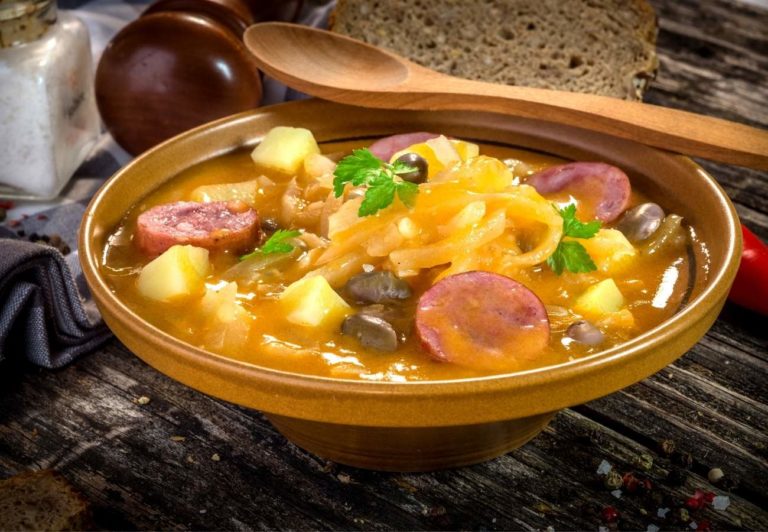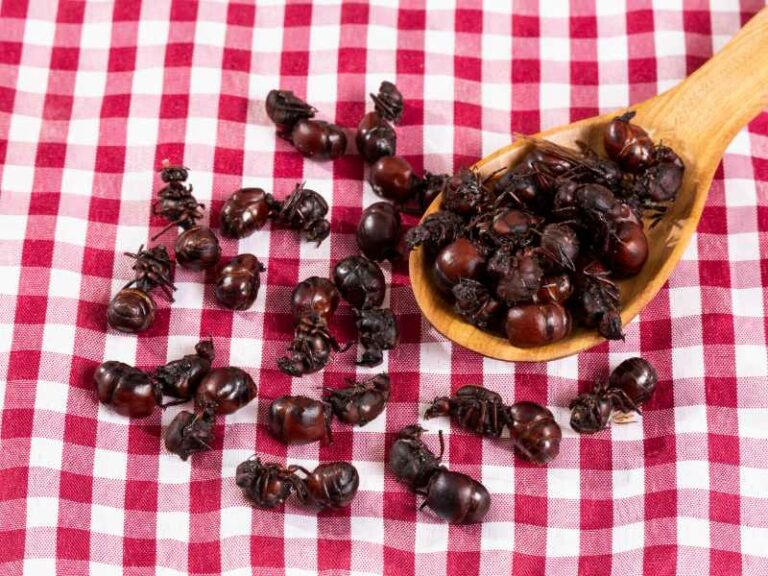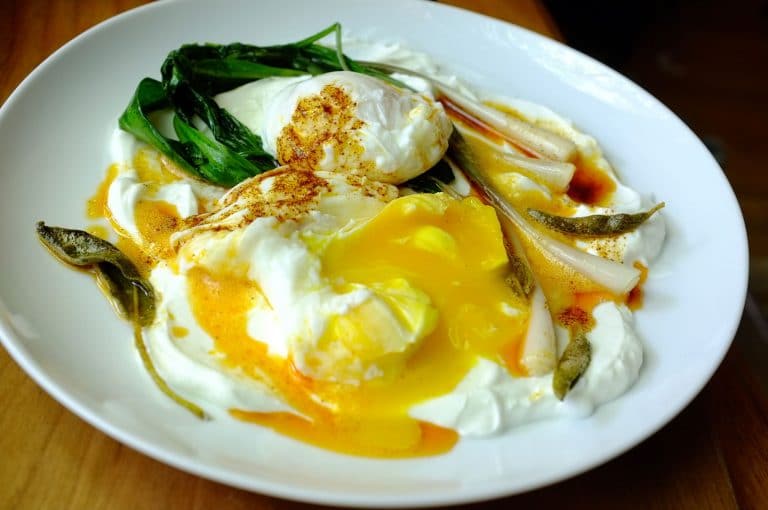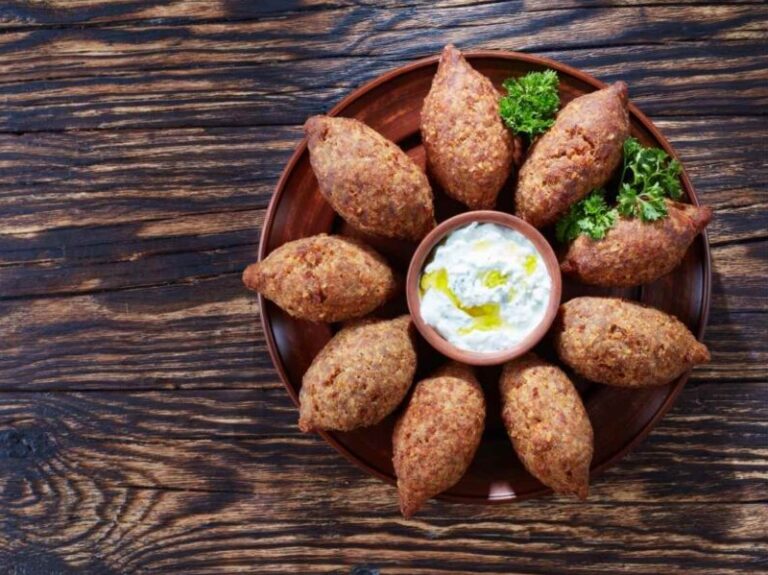Ivorian Food: 10 Traditional Dishes of the Ivory Coast
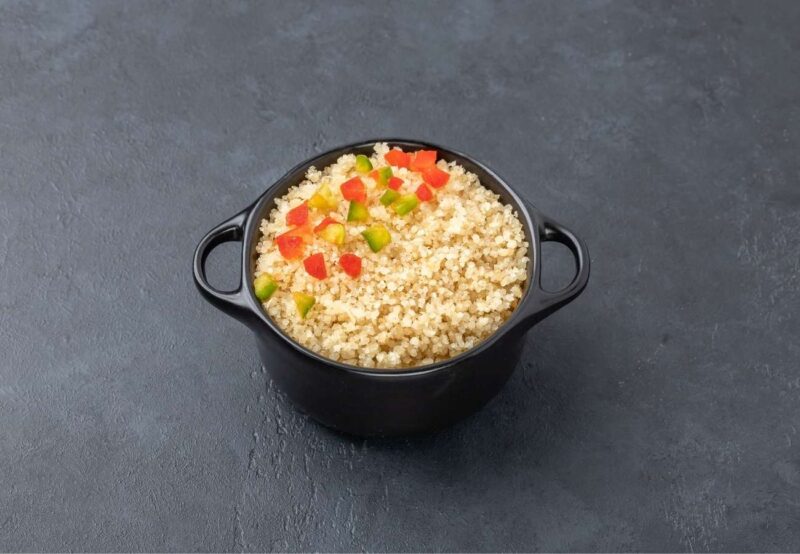
Ivory Coast, also known as Côte d’Ivoire, is a country located on the southern coast of West Africa. The country is bordered by Guinea, Liberia, Mali, Burkina Faso, Ghana and the Gulf of Guinea (Atlantic Ocean). It is the world’s largest exporter of cocoa beans.
Ivory Coast has over 60 ethnic groups, generally organised into five main divisions: Akan (east and centre, with Lagoon peoples of the southeast), Krou (southwest), Southern Mandé (west), Northern Mandé (northwest), Sénoufo/Lobi (north centre and northeast).
Ivorian food is highly influenced by the cuisine of the neighbouring countries in West Africa. Staple ingredients include tubers, grains, pigs, chicken, seafood, fish, fresh fruits, vegetables and spices.
As well as producing cocoa, the country also produces palm oil and coffee. Cassava and plantains play an important role in most dishes, as does corn paste and peanuts.
Alloco
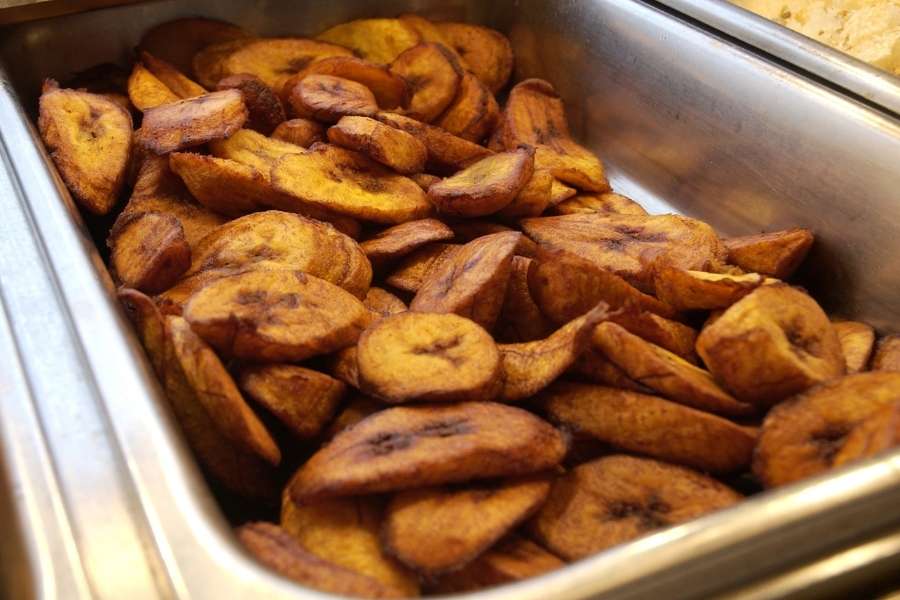
Alloco is a popular street food consisting of ripe plantains cut into small slices, then fried and salted in palm oil, served alongside a spicy sauce prepared using onions and chili.
The dish gets its name from the Baoulé (an Akan ethnic group in the Eastern Ivory Coast) word for loko, which indicates when a plantain is ripe.
Alloco can be consumed alone as a snack and is often accompanied by crushed chilli and braised chicken, a hard-boiled egg or freshly grilled fish and a side dish.
Attiéké

Attiéké is a dish prepared using grated cassava that has a similar taste and consistency to couscous. It is considered to be one of the most widely consumed dishes in Côte d’Ivoire, particularly in Abidjan.
Attiéké is generally accompanied by braised fish or meat, plantain, couscous and cassava. There are many variations of the dish that have developed over the years. Some of the best known include abgodjama, attiéké petit grain and garba attiéké.
Kedjenou
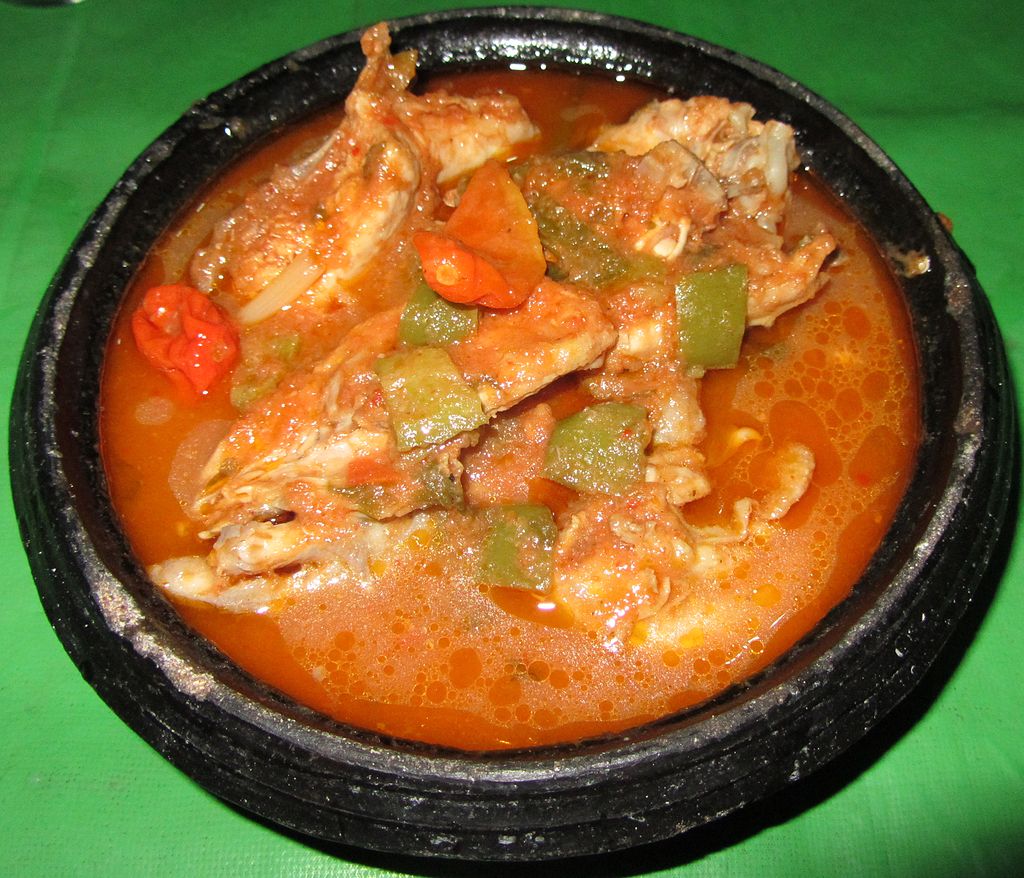
Kedjenou is a dish prepared by slowly cooking chicken and vegetables in a clay pot. The dish is cooked without water or oil and is then served along with rice or attiéké. The vegetables tend to cook in their own water and chicken fat.
The dish is believed to have originated from the centre of the country and is typically cooked in a canari (a special pot made of clay). However, the recipes followed to prepare this dish differ from household to household. For example, the Baoulé (an ethnic group located in the centre of Ivory Coast) use banana leaves to cover the canari during cooking.
Fufu
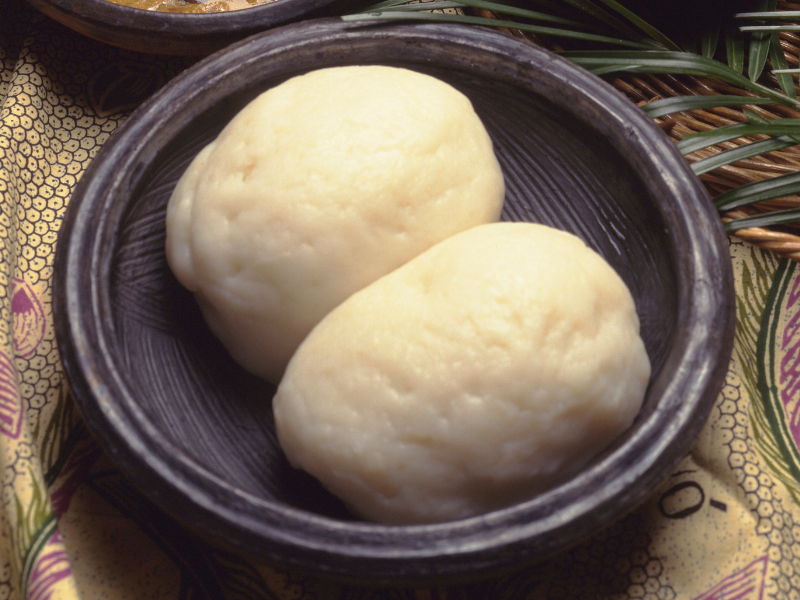
Fufu is a type of huge dumpling prepared using a mixture of cassava and green plantain flour. Both the ingredients are combined in equal portions with water and then cooked on a pan over a low flame. The prepared mixture is then moistened using lukewarm water and shaped into a ball. It is eaten with fingers and is used to scoop up other foods on the plate, particularly sauces and soups.
Considered to be the national food of the Ivory Coast, fufu is a staple dish of many other countries throughout Africa.
Garba
Garba is a widely consumed Ivorian street food dish that consists of attiéké along with deep-fried pieces of tuna. The dish is seasoned with ingredients such as tomatoes, chopped onions, and peppers, with a little bit of oil from the fried tuna and seasoning.
It is believed that in the 1990s, a Nigerian, namely Garba had the idea of placing attiéké with red tuna. Hence, the dish’s name has been kept in order to honor him. Garba was first sold in the university halls of residence, and due to it being cheap and high in consistency the dish became a hit.
Today, in several places, garba is served after wrapping it in a banana leaf. People eat garba at any time of the day, it is fairly ubiquitous.
Peanut Butter Stew
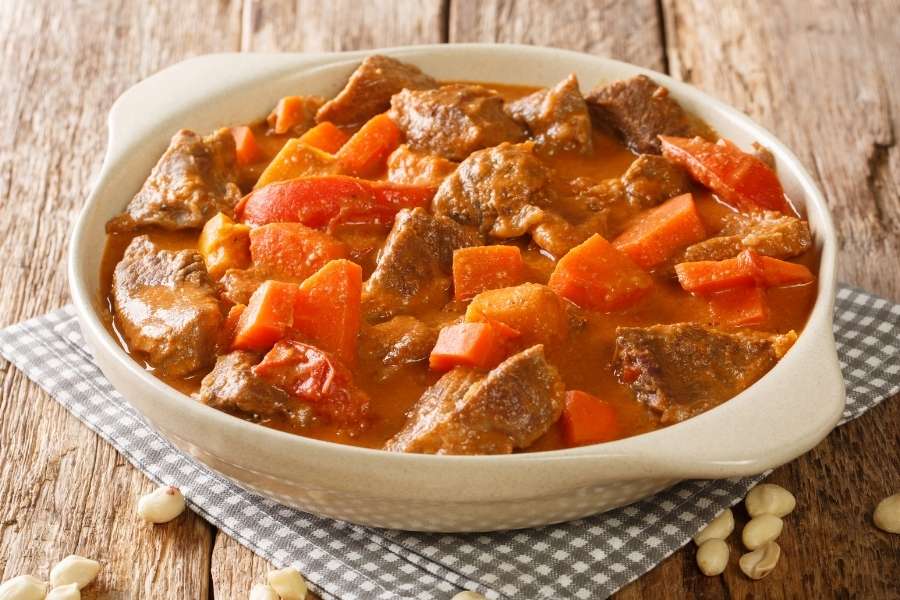
Peanut butter stew, also known as mafé sauce, is a stew prepared using meat (including chicken, lamb and beef), tomato, onion, peanuts, garlic, cabbage and leaf or root vegetables. This dish is generally accompanied by white rice or fufu.
Also known as domodah and originates in Mali. There are many different versions of the dish that include ingredients such as okra, corn, carrots, cinnamon, hot peppers, paprika, black pepper, turmeric, cumin and other spices.
Today, peanut butter stew is widely consumed throughout West Africa and in other countries, including Cameroon and France.
Placali
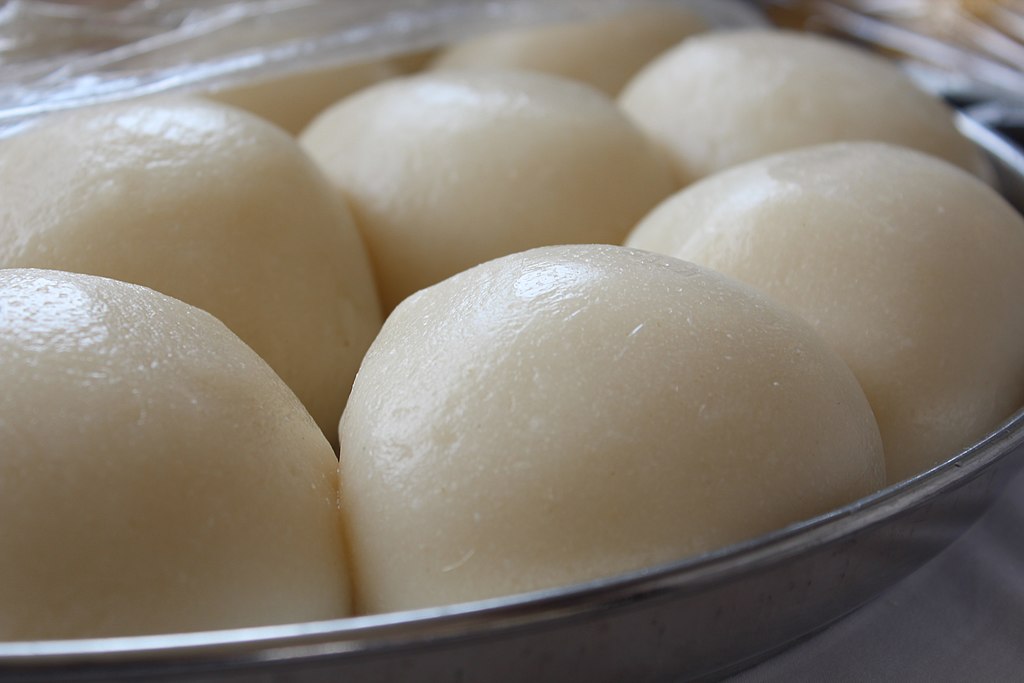
Placali is another dish prepared using fermented cassava dough. It’s cooked gradually with water and then kept away to cool. Placali resembles fufu in appearance and is said to have a sour flavour similar to sourdough bread.
Usually consumed during lunchtime, it is generally accompanied by sauce dishes or a soup prepared using palm nuts or groundnuts.
Bissap
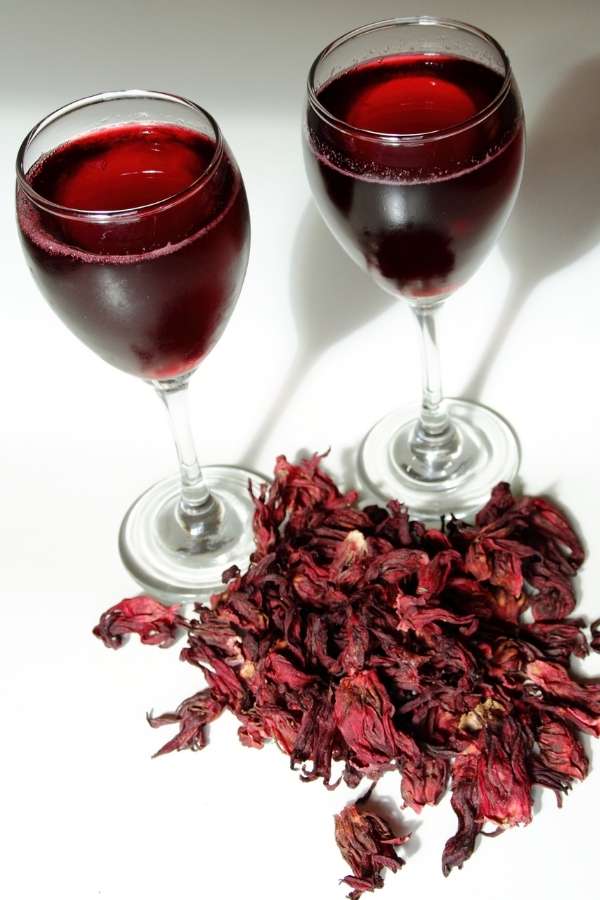
Bissap, also known as roselle juice, is a beverage prepared using the flowers of the Roselle plant, a variety of Hibiscus. The drink is normally sweetened and chilled, but when it is consumed hot, it is referred to as hibiscus tea.
Generally dark red-purple in colour, bissap has a grapey and a little cranberry juice-like flavour. It is often served with mint leaves. It can also be made with other flavorings such as orange essence, ginger, pineapple juice, tea grass, vanilla and several others.
Bissap can be found in several West African countries and in the Caribbean.
Sauce Kopè
Sauce kopè is a sauce prepared in the Ivory Coast using crab, escargot (snails) and fish or beef. It is gooey in consistency and spicy in flavour.
Sauce kopè translates to “sauce okra” and is generally consumed along with placali. Okra, in general, has a semi-neutral flavor and so the flavor of the dish depends on which ingredient it is cooked with.
Gnamakoudji
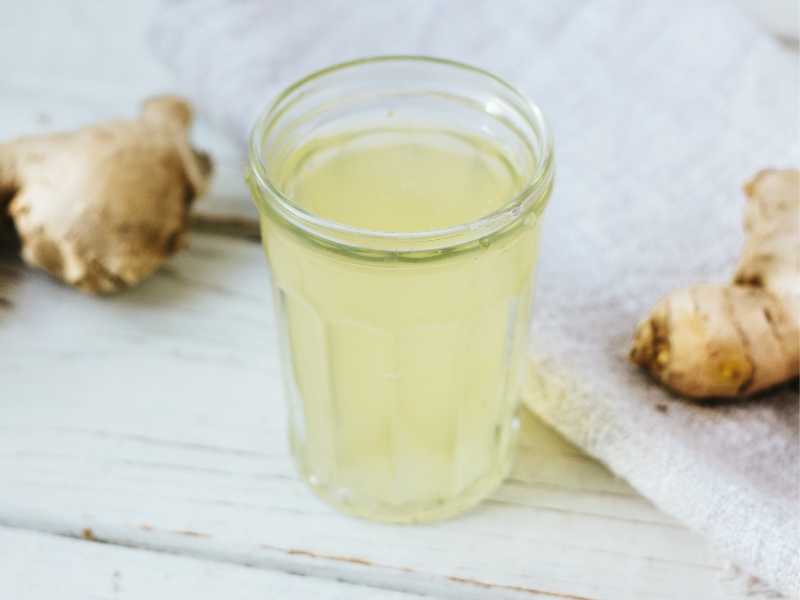
Gnamakoudji is a ginger flavored beverage popular in many West African countries. It consists of ginger, water, spices and a sweetener. The ginger and spices are steeped in hot water, then removed and sweetened. It is chilled before serving.

